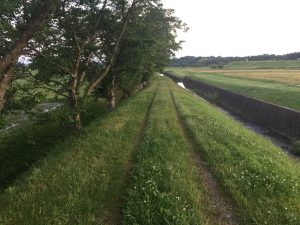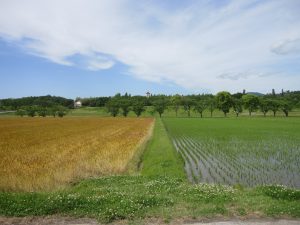Satoyama Cycling: Japanese Bio-Hacking
Satoyama cycling is another form of bio-harmonizing, Japanese bio-hacking. It is country cycling, and what is wonderful about it is you can be aware of natural surroundings.
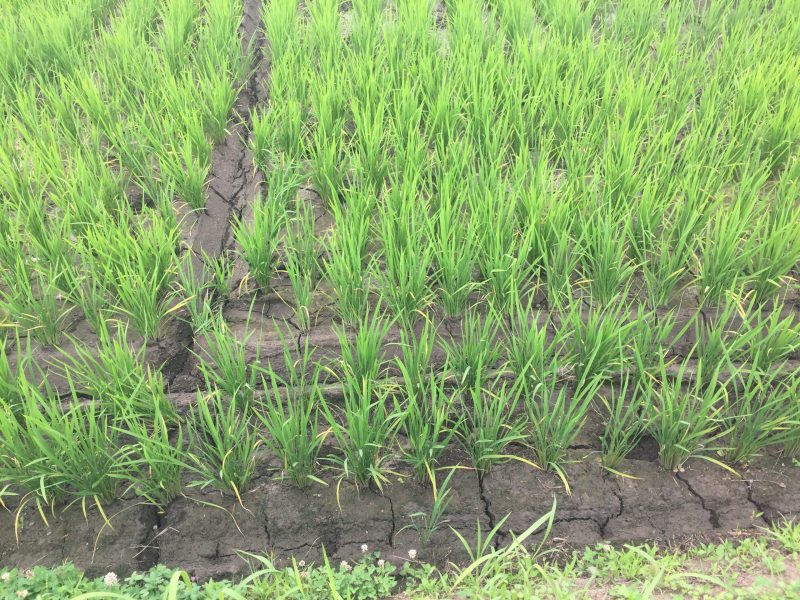
For example, you can stop from time to time and look at the rice fields. Now, rice fields are in the drying period and there is no water.

Right after rice planting, the water was pouring into the fields,
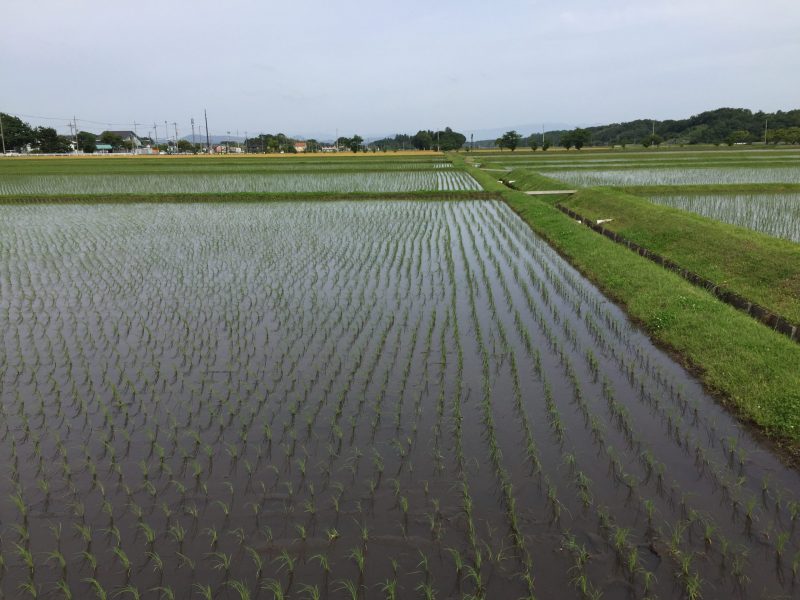
and we had the water in the fields for nearly two months. Seeing these changes makes you pay attention to the food production process.
When you live in cities and don’t see how crops and vegetables grow, you become separate from the bio world. For you, foods are the products lying on the shelves of supermarkets or displayed photos on Amazon’s site.
I told you that I always think of the production side when I think of a diet. This is because I see it like this every day. So when someone talks about supplements, I automatically wonder how much land we need to produce the ingredients, how much labor it requires, and what kind of climate we need for it. And I ask myself a question. Is it sustainable? One reason I support the idea of basing carbs rather than fat in your diet is the process of producing and storing grains such as rice and wheat is easier in most climate zones than producing plant oils and avocados.
The Ketogenic Diet vs. The Ikigai Diet
The best thing is you farm yourself, of course, but by going Satoyama cycling, at least you can observe the surroundings and become aware of it.
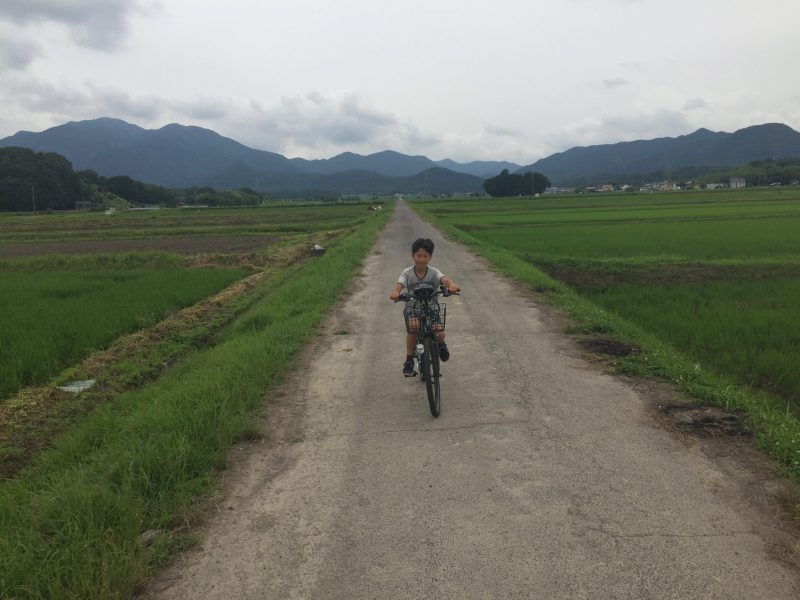 Not only farms, but it can also let you pay attention to birds, insects, and many other things in your local environment, and you can build a bond with it.
Not only farms, but it can also let you pay attention to birds, insects, and many other things in your local environment, and you can build a bond with it.
The Ikigai Diet: The Secret Japanese Diet to Health and Longevity
POD Paperback
https://www.amazon.com/gp/product/4991064864
Kindle
https://www.amazon.com/dp/B08JGB45HF
